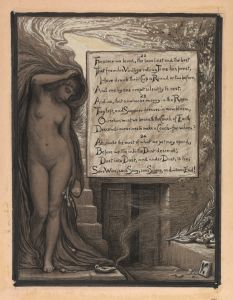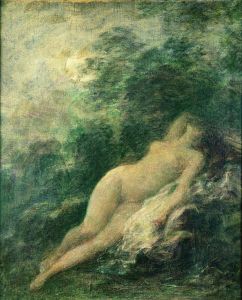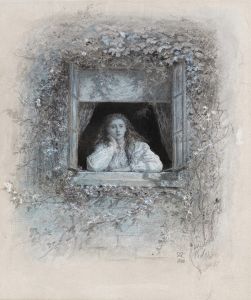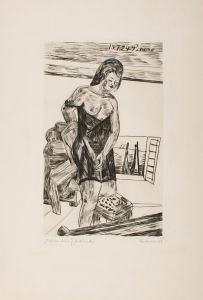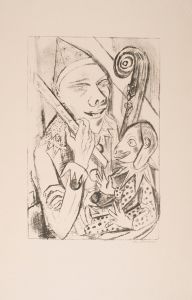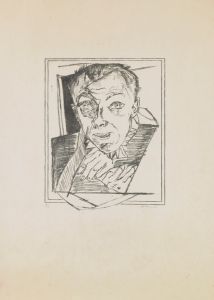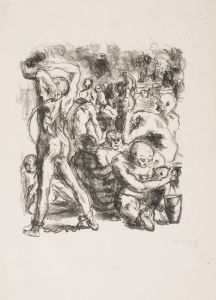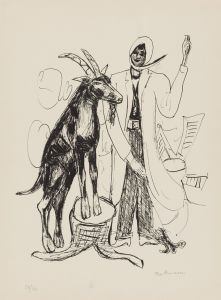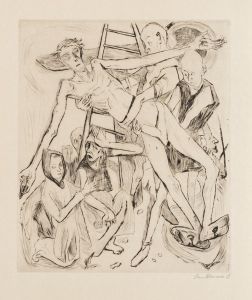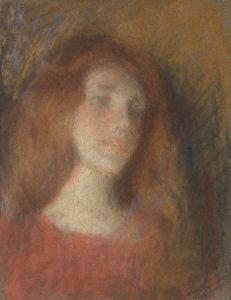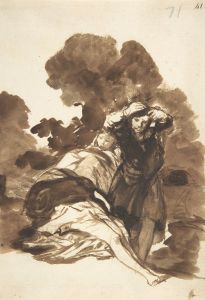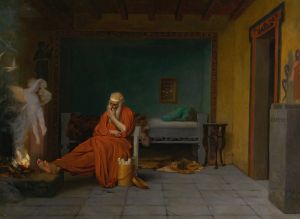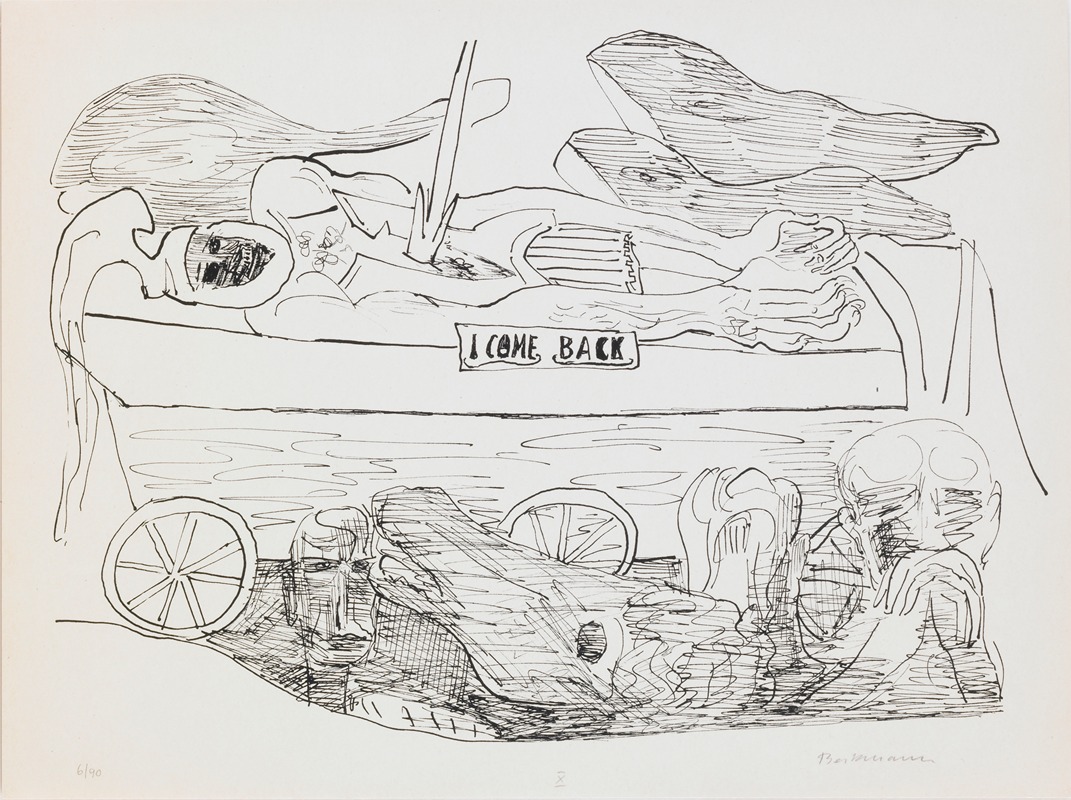
Dream of War, plate 10 from the portfolio ‘Day and Dream’
A hand-painted replica of Max Beckmann’s masterpiece Dream of War, plate 10 from the portfolio ‘Day and Dream’, meticulously crafted by professional artists to capture the true essence of the original. Each piece is created with museum-quality canvas and rare mineral pigments, carefully painted by experienced artists with delicate brushstrokes and rich, layered colors to perfectly recreate the texture of the original artwork. Unlike machine-printed reproductions, this hand-painted version brings the painting to life, infused with the artist’s emotions and skill in every stroke. Whether for personal collection or home decoration, it instantly elevates the artistic atmosphere of any space.
"Dream of War, plate 10 from the portfolio ‘Day and Dream’" is a significant work by the German artist Max Beckmann. Created in 1946, this piece is part of a larger series that reflects Beckmann's experiences and observations during a tumultuous period in history. Max Beckmann, born on February 12, 1884, in Leipzig, Germany, is renowned for his contributions to the Expressionist movement, although his style evolved significantly throughout his career.
The portfolio ‘Day and Dream’ consists of 15 lithographs, each depicting various themes and scenes that oscillate between the realms of reality and fantasy. Beckmann created this series while he was living in exile in Amsterdam, having fled Nazi Germany in 1937 due to his opposition to the regime and its policies. The series was published by Curt Valentin, a German-American art dealer, who played a crucial role in promoting Beckmann's work in the United States.
"Dream of War" is a poignant and evocative piece that captures the horrors and absurdities of war. The lithograph portrays a chaotic scene filled with distorted figures and surreal elements, characteristic of Beckmann's mature style. The imagery in "Dream of War" is dense and complex, reflecting the artist's deep sense of disillusionment and trauma caused by the two World Wars he lived through. Beckmann's use of stark contrasts and bold lines enhances the dramatic impact of the scene, drawing the viewer into a nightmarish vision of conflict and destruction.
Max Beckmann's work often delves into themes of human suffering, existential angst, and the search for meaning in a fractured world. His experiences as a medical orderly during World War I and his subsequent disillusionment with society profoundly influenced his artistic vision. In "Dream of War," these influences are evident in the way he portrays the dehumanizing effects of war and the psychological turmoil it inflicts on individuals.
The portfolio ‘Day and Dream’ was Beckmann's first major graphic work after World War II and marked a significant period in his career. It was during this time that he began to gain international recognition, particularly in the United States, where he would eventually emigrate in 1947. Beckmann's work from this period is characterized by a heightened sense of introspection and a more pronounced focus on the human condition.
"Dream of War" and the other lithographs in the ‘Day and Dream’ portfolio are considered important works in Beckmann's oeuvre, showcasing his mastery of the graphic medium and his ability to convey profound emotional and psychological depth. These works continue to be studied and admired for their powerful commentary on the human experience and their technical excellence.
Max Beckmann passed away on December 27, 1950, in New York City, leaving behind a legacy as one of the most important artists of the 20th century. His work remains influential and is celebrated for its bold exploration of the complexities of modern life. "Dream of War" stands as a testament to Beckmann's enduring ability to capture the essence of his time and to communicate the universal themes of suffering, resilience, and hope.





